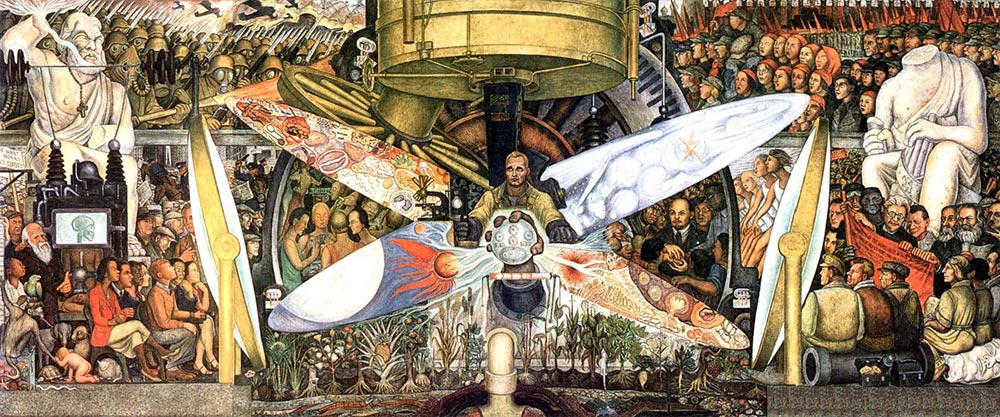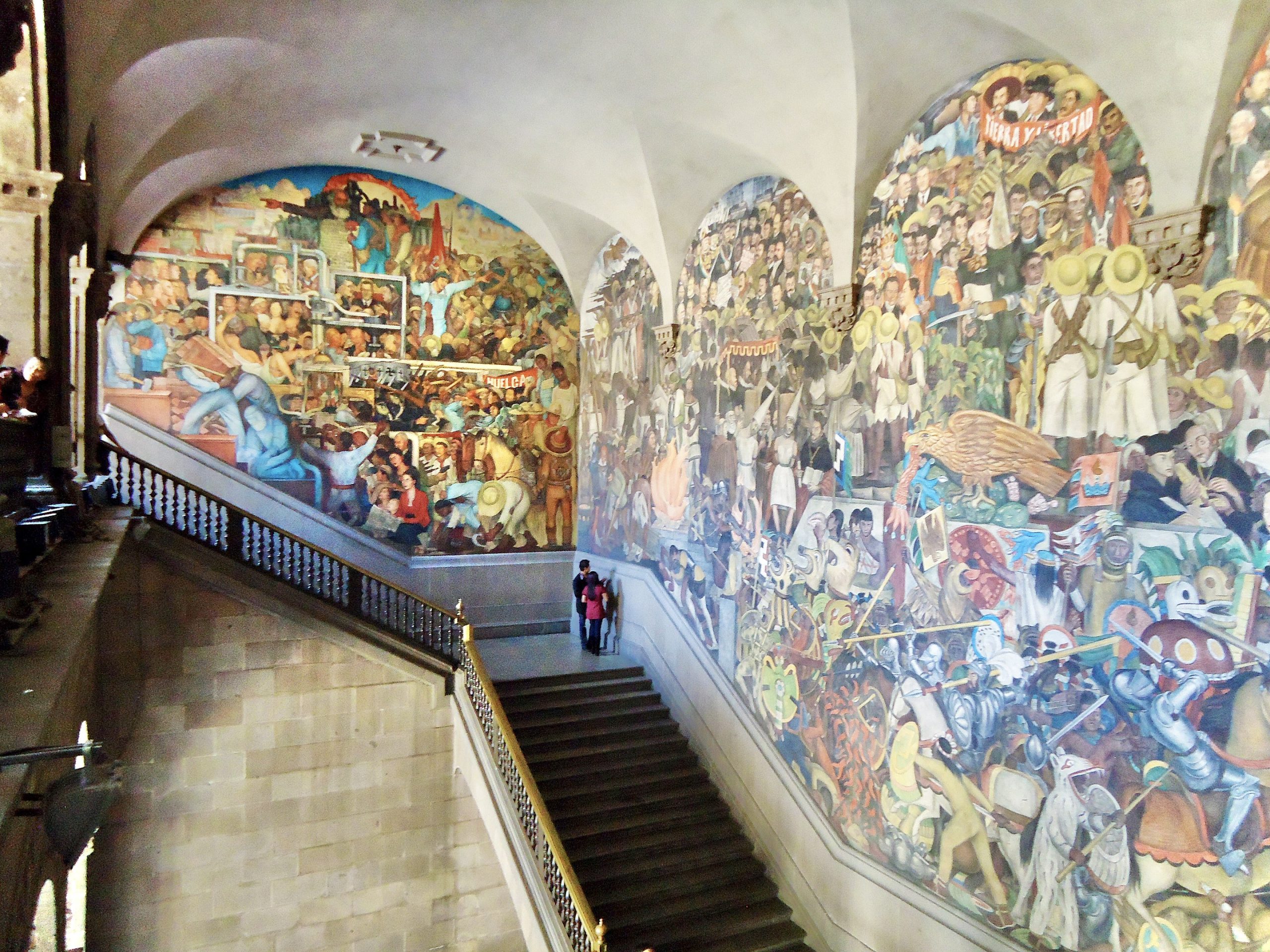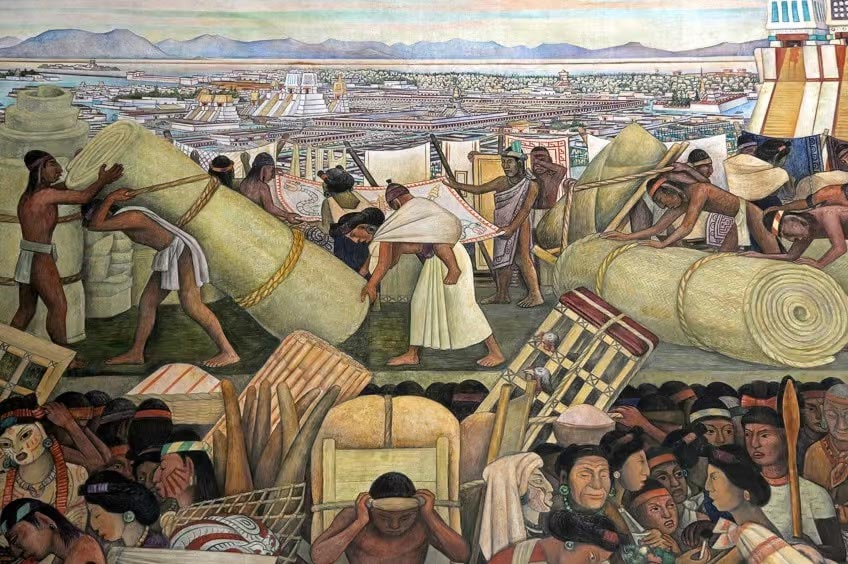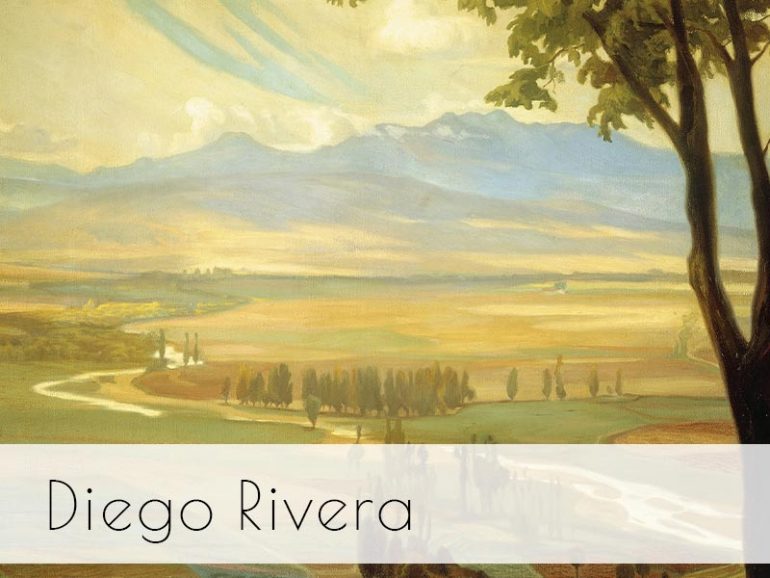Diego Rivera, a prominent Mexican artist of the 20th century, left an indelible mark on the art world through his monumental murals and passionate depiction of Mexican culture, history, and social issues. Born on December 8, 1886, in Guanajuato, Mexico, Rivera’s artistic journey unfolded against the backdrop of a rapidly changing Mexico. In this blog post, we will explore the life and works of Diego Rivera, delving into his iconic murals, his profound influence on the Mexican art scene, and the enduring legacy he left behind.

Diego Rivera’s artistic path was shaped by a combination of personal experiences, political ideologies, and artistic influences. After studying in Mexico and Europe, Rivera returned to his homeland and embraced his Mexican heritage, championing the idea of art for the masses. Inspired by the works of the Italian Renaissance masters, the murals of the Mexican Revolution, and the ancient art of the indigenous peoples, Rivera developed a unique style that merged realism, symbolism, and social commentary.
Rivera is best known for his monumental murals that adorn public buildings, museums, and universities. His murals became powerful tools for conveying social, political, and historical narratives. One of his most famous works, “Man at the Crossroads” (1933), initially commissioned for the Rockefeller Center in New York City but later destroyed, exemplified his ability to intertwine political messages with artistic expression.

Another significant mural, “The History of Mexico” (1929-1935), located at the National Palace in Mexico City, depicts the complex history of Mexico from pre-Columbian times to the Mexican Revolution. This expansive mural showcases Rivera’s meticulous attention to detail, vibrant colours, and his commitment to celebrating the struggles and achievements of the Mexican people.

In addition to his murals, Rivera was also an accomplished portrait artist. His portraits often depicted influential figures, such as Frida Kahlo, his wife and fellow artist, as well as political leaders and indigenous individuals. These portraits captured the essence of their subjects while shedding light on their significance in Mexican society.
Rivera’s “The Flower Carrier” (1935) is a powerful portrayal of an indigenous man carrying a heavy load of flowers on his back, symbolizing the burden of labor and the resilience of the Mexican working class. This iconic artwork embodies Rivera’s commitment to highlighting the struggles and dignity of ordinary people.

Diego Rivera’s legacy lies not only in his artistic achievements but also in his profound impact on the Mexican art scene and the world at large. Through his murals and paintings, he merged art with social and political activism, sparking conversations and raising awareness about the struggles of the working class and indigenous communities.
Rivera’s dedication to portraying Mexican culture and identity, as well as his use of art as a tool for social change, inspired a generation of artists and muralists. His influence can be seen in the works of contemporary artists who continue to explore themes of identity, social justice, and cultural heritage.
Diego Rivera’s unwavering commitment to portraying Mexican history, culture, and social issues through his monumental murals and captivating portraits solidified his place as one of Mexico’s most influential artists. His ability to merge art and politics, coupled with his distinctive style and profound symbolism, continues to captivate viewers and inspire dialogue. Diego Rivera’s artistic legacy serves as a testament to the power of art to shape society and ignite change, leaving an enduring impact on the world of art and beyond.
If you would like to receive a roundup of all of our blog posts once a week to keep you inspired in your inbox, why not sign up to our newsletter. You can access our sign up at the top of our page. If you are a London Art College student and you would like your artwork featured here, drop us a line at any time.

